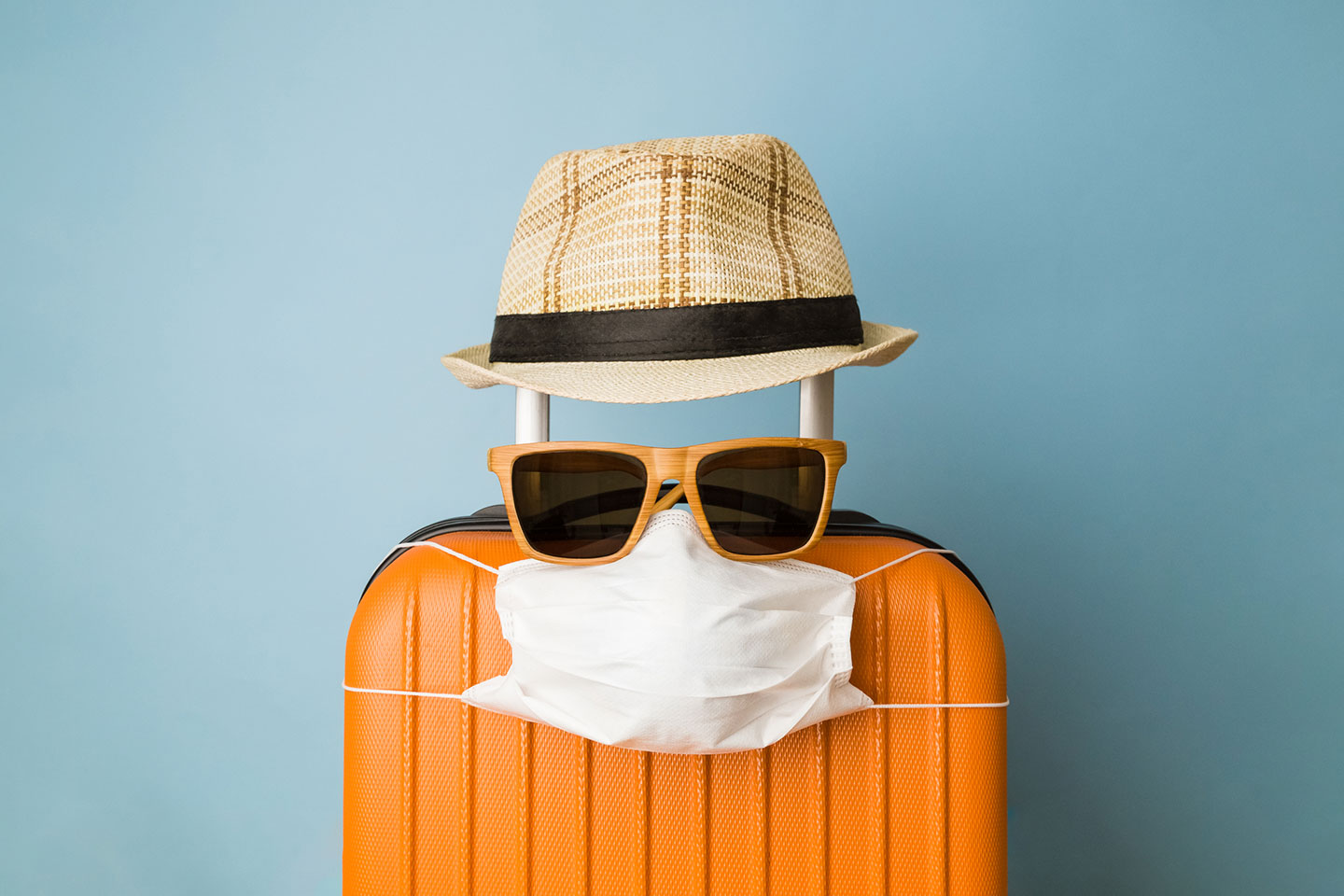The tourism outlook for Singapore turned from picturesque to ghastly in a matter of a few months. Blame it on the pandemic. In 2019, tourists spent a respectable S$27.7 billion in the sunny island. With travel curbs, the number of tourist arrivals dropped by about 99 per cent.
That is a big hole to fill. With Singapore’s borders remaining mostly closed to international travel, likely for a long time, it is natural to turn to domestic tourism. Why not? Singapore may have a small population, but Singaporeans can spend. In 2018, Singaporeans spent S$34 billion when they travelled overseas.
To spur local spending, the Singapore Tourism Board (STB) recently announced the S$320 million SingapoRediscovers Vouchers programme. The programme provides all Singaporeans aged 18 and above with a $100 voucher that can be used for hotel stays, tickets to local attractions and reduced prices for specially-designed local tours. It will commence in December and continue until June 2021.
This is a welcome boost for operators in the tourism and hospitality industries. Singapore is not the only country doing so. Other Asian countries have offered programmes that promote local tourism. For example, Japan’s “Go to Travel” programme offers Japanese residents 35 – 50 per cent discounts on domestic trips. South Korea’s US$140-million coupon programme is expected to lead to US$837 million in spending. China, Malaysia, Indonesia and Thailand have also rolled out programmes designed to support local tourism.
Safety first
One of the concerns raised with such a programme is the potential safety risk given that there is still no vaccine for Covid. For example, Japan, when faced with a COVID-19 outbreak in Tokyo, adjusted their programme to exclude Tokyo (which of course caused a number of complaints). That being said, over 13 million Japanese residents used the vouchers between late July and late August this year, with only 11 people subsequently tested positive for COVID-19.
Singapore would be able to manage this risk with its quite robust distancing and contact tracing protocols. The country can enforce maximum group size limitations that apply to all hospitality and tourism-related ventures. In addition, these businesses have to adhere to strict standards in order to be eligible to participate in the SingapoRediscovers programme.
The next question is on the appeal factor. Will the vouchers have much appeal to Singaporeans who may have a “been there, done that” reaction? For one, staycations have grown in popularity with Singaporeans in recent years. With the SingapoRediscovers vouchers, consumers will find staycations more affordable. At the same time, the hotels still get their business. A survey done by The Straits Times showed that Singaporeans viewed visiting local attractions positively, but not so much for local tours.
Perhaps one thing for local tour operators to consider is to pair their tours with livestreams, which helps to increase exposure. They can also partner other businesses in selling their products. In extraordinary times, one has to think of extraordinary solutions.
Singapore’s tourism outlook has now grown rosier with developments such as cruises-to-nowhere, travel bubbles and green lanes with more countries. The SingapoRediscovers Vouchers programme is surely a stroke of brush that can help to turn the ghastly night into a gradual sunrise for local tourism.




